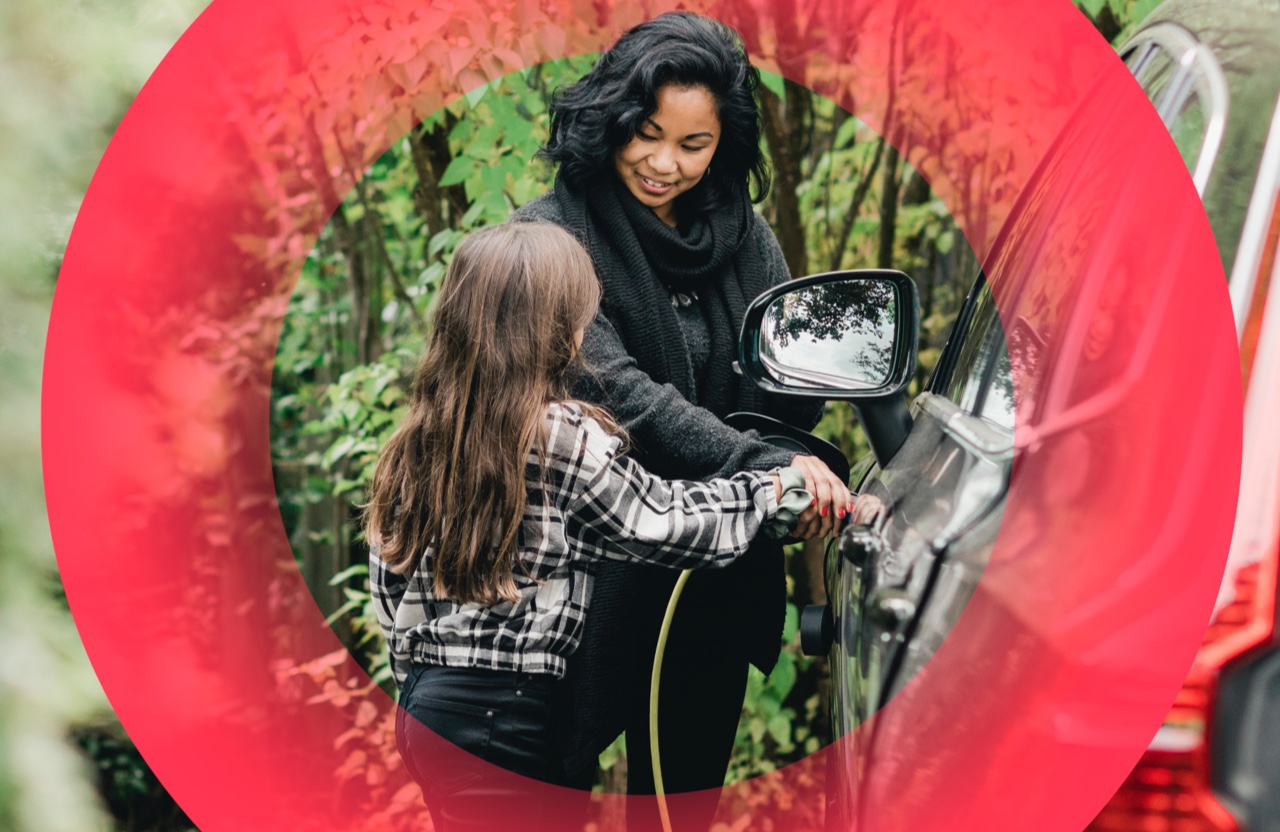What issue can we solve for you?
Type in your prompt above or try one of these suggestions
Suggested Prompt



Transportation & Mobility
The Future of the Automotive Dealer Experience
Automakers are rethinking how they sell cars. The global pandemic shuttered dealerships and exposed vulnerabilities in the traditional sales model. And original equipment manufacturers (OEMs) were pushed to accelerate their digital efforts and reassess their sales and distribution channels. As the industry emerges from this chapter, the demand for new, digitally-enabled retail experiences shows no signs of slowing down.
Today, the expectation across all consumer touchpoints is that the experience is frictionless. Industries like retail have made massive changes, especially with the likes of Amazon forcing innovation. So, what’s holding back automotive OEMs? And what does a more seamless customer experience look like in the future? It starts with the dealership.
Specifically, there are three key areas that OEMs need to focus on when exploring new business models and paths to purchase for their customers:

People are starting the car buying process online. There are so many ways for consumers to look up what they want, build cars online, and compare costs and features that the dealer plays a much different role than it did pre-digital. The dealer is no longer the first stop for consumers wanting to buy a car. Instead, consumers are going to them at a much later stage in their buying journey.
Not surprisingly, younger generations across the globe lead the demand for convenience. According to Publicis Sapient’s 2021 Automotive Customer Report, conducted together with Microsoft and Sitecore, only about half of consumers ages 18-34 prefer the dealership as a means of car purchasing over other channels like direct-to-consumer (D2C) and third-party providers. PS’s 2022 U.S. Auto Report reveals that consumers want digital tools to make the car buying process faster and more convenient, particularly in speeding up paperwork, improving information quality, and providing access to the best pricing. For many consumers, the dealer is no longer the main touchpoint of a sale, but one point among many in the buyer’s journey.
So, where does the dealer come into play today? Mostly at the test-drive stage. Once consumers have found a preference, they still prefer to test drive in person, with most people hesitant to purchase a car without a test drive, PS’s 2021 Automotive Consumer Report found. Dealers can also provide valuable face-to-face interaction that allows customers to ask questions, learn more about a specific vehicle, and build connections with key dealership personnel for future needs.
As digital becomes more pervasive in the car buying process, OEMs have a unique opportunity to own more of the pre-sale buying experience. By cultivating direct relationships with consumers, OEMs can create a richer, more personalized connected experience across digital and physical touchpoints.

The dealer is no longer built to serve people's needs and wants (some may argue it never has). PS’s 2022 Automotive Consumer Report found that most U.S. car buyers (85%) have been looking for less than six months. So, while the car is one of the biggest purchases in a consumer's life (along with a house), people already understand what they want before they set foot in the dealership. In Asia-Pacific (APAC) and many regions in Europe, consumers are purchasing directly from the manufacturer—especially in the United Arab Emirates (UAE), China, and India—where platforms are set up and enable a drastically different consumer experience.
Future path-to-purchase models will resemble the likes of what's already started over in parts of Europe and APAC regions. Specifically, dealerships generally hold low to no inventory in stock, and cars are instead made-to-order, configured to the consumer's wants, and the consumer receives the vehicle a few months later.
Several factors drive significant change like this—one being driven by consumer behavior (like the differences in how Gen Z shop and buy over Baby Boomers), and the other being driven by brute force. The pandemic and the chip shortage have caused dealers to have empty lots instead of their usual overflow. Consumers are responding to the current state by pre-ordering their cars.
In a recent article by Forbes, Ford CEO Jim Farley stated, "A third of our sales are order-to-delivery now. It used to be less than 5%." As this shift begins to take shape, it shows no signs of reversing.
In a new path-to-purchase model, dealerships can serve as delivery mechanisms for vehicles or take on post-purchase sales and services, such as vehicle upfitting and maintenance. OEMs must evolve their organizations to deliver these experiences seamlessly across tiers and channels. This is where an OEM becoming a tech company whose platforms are sophisticated and primed for scale is incredibly important.

New dealer models won’t be just about selling cars but also about educating consumers about new categories of vehicles. The shift from internal combustion engine, to hybrid, to fully electric vehicles (EVs) means the need for education is higher than ever as consumers need to make more complicated lifestyle choices. Moments like these are ripe for creating new business models and evaluating the dealer's role in the future.
Today, only 11% of consumers feel they have a very good or excellent understanding of EVs, finds PS’s 2022 U.S. Auto Report. Consumers worry about charging and range, as well as costs and environmental impact, when deciding whether or not to purchase an EV. As it stands today, consumers are left to fill in the gaps of missing information, which can lead to a lot of misinformation.
Given that the car is one of the biggest purchases in a consumer's life, dealers can be seen as trusted advisors in the pre-sale, post-sale, services, and customer lifecycle if this new model is executed correctly. Consumers need proper education on more than just vehicle features and functionality, but rather what it means to own an EV, why they should consider it, and what to expect post-purchase. Consumers would also benefit from a more cohesive messaging strategy from OEMs and dealers, particularly when it comes to the ongoing ownership experience.
When compared to experiences across industries, the bar is set high for customer experience, and expectations must be met across all touchpoints in the buying and owning experience.
What's Next
The future is here. It's time for the industry to get in the game and change how consumers think about and experience buying and owning a car. The old ways of working are not agile or scalable to address the new pace of change. By addressing the current realities and challenges that the industry faces, both OEMs and dealerships will be better able to adapt as mobility needs continue to evolve.
What’s Next for Your Business? We’re Here to Help You Achieve It.
Start a Conversation
Related Reading
-
![]()
Article
Why OEMs Must Prioritize Customer Experience
Consider these four steps to build a loyal base of customers who can’t help but to stay in your brand’s ecosystem.
-
![]()
Article
Automotive Retail Transformation Starts From Within
Retail transformation requires OEMs to modernize the automotive organization. Here are three key areas to consider
-
![]()
Article
5 Keys to Transforming Dealerships for an All-electric Future
To prepare for the future of electric vehicles, dealers should start addressing five key areas starting in 2023.








